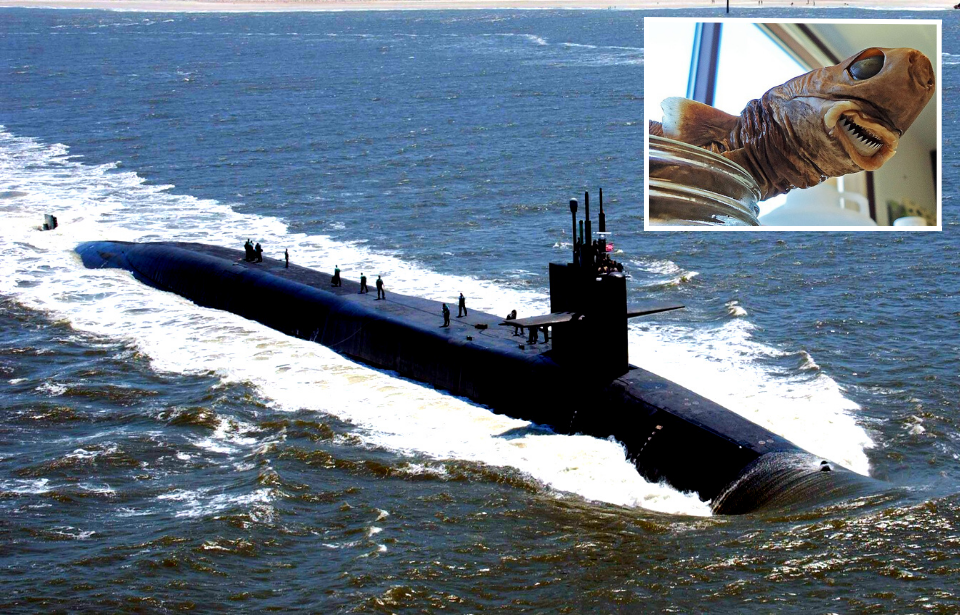Numerous circumstances can lead to the decommissioning of submarines during underwater operations, including encounters with sea mines, torpedoes, accidents and intentional scuttling. However, an unforeseen incident caused significant damage to a US Navy fleet and forced a submarine to return to port. The surprising cause? A shark no larger than a house cat.
The US Navy’s nuclear fleet was effected
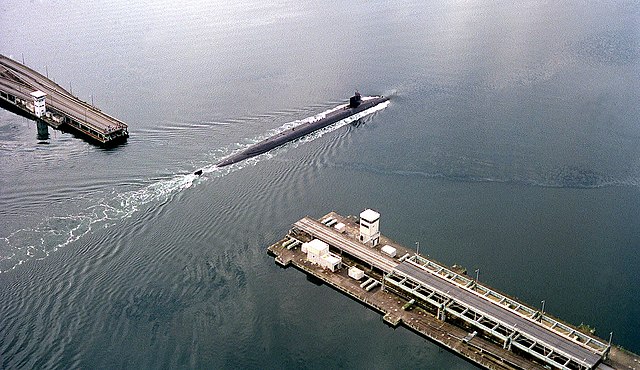
This peculiar scenario unfolded within the US Navy’s nuclear fleet – notably affecting the Ohio-class submarines – during the Cold War.
The Ohio-class comprises four guided missile submarines (SSGNs) – the USS Ohio, Michigan, Florida and Georgia – along with 14 ballistic missile submarines (SSBNs) — the USS Henry M. Jackson, Alabama, Alaska, Nevada, Tennessee, West Virginia, Kentucky, Pennsylvania, Nebraska, Maryland, Rhode Island, Louisiana, Wyoming and Maine.
What makes the Ohio-class unique?
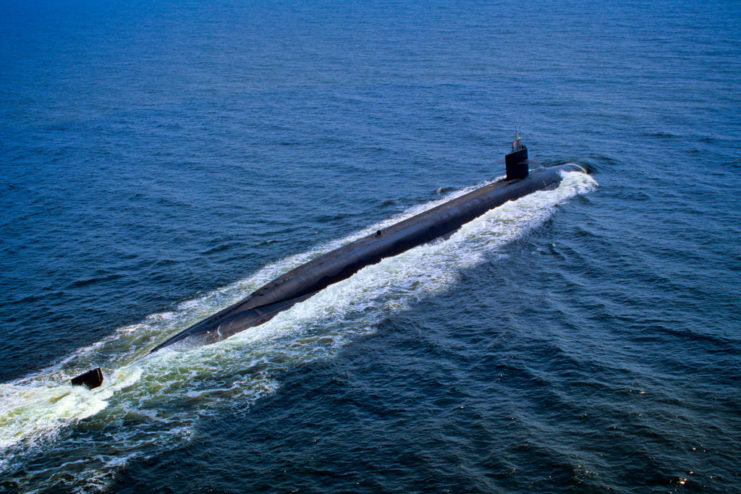
Distinguished as the largest submarines ever constructed for the Navy and among the world’s largest, they trail behind only the Russian Navy’s Typhoon-class and Borei-class. Notably, the Ohio-class boasts a greater armament capacity, as each submarine is equipped with 24 Trident II missiles, surpassing the 16 on the Borei-class and 20 on the Typhoon-class.
Issues with technology started during the Cold War
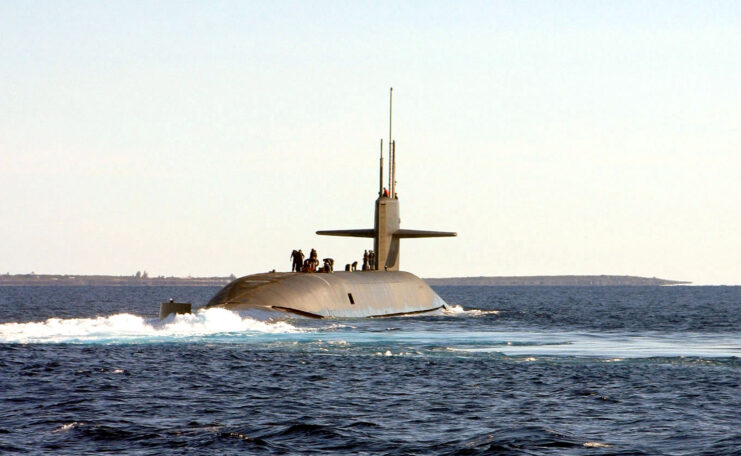
During the Cold War, submarines were among the most advanced weapons technologies out there. However, their underwater operations led to occasional issues, including leaking oil lines, missing electrical cables, and damaged sonar domes and sound probes that would fail unexpectedly.
Often, the damage was significant enough to necessitate returning the vessels to base for repairs.
Cookiecutter shark was the culprit
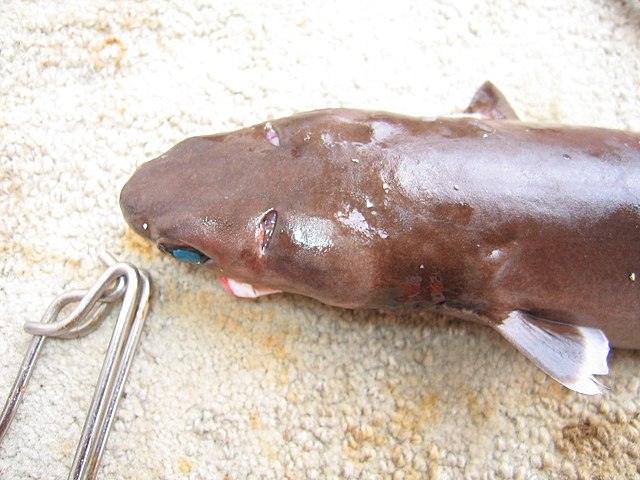
Initially, the Navy thought the damage might be caused by a new Soviet weapon. However, the true culprit was something far more unexpected: the cookiecutter shark.
For those who don’t know, the cookiecutter shark, also referred to as the cigar shark, generally measures about 16-20 inches in length and lives in oceans around the world. It gets its name from the unique round wounds it creates on its prey—often much larger animals—that resemble marks made with a cookie cutter.
A dome was added to protect the submarines
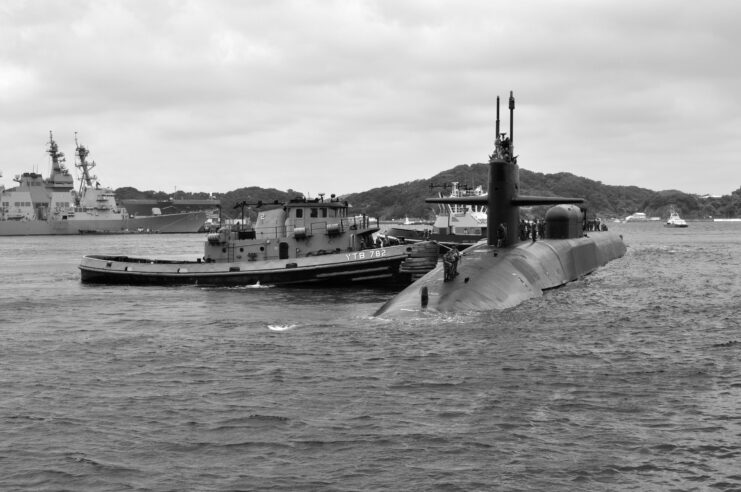
Are you a fan of all things ships and submarines? If so, subscribe to our Daily Warships newsletter!
Cookiecutter shark bites have been found on a wide variety of sea-life and have even been noted on manmade structures, such as oil rigs, as they attack any soft area that is exposed. The Navy eventually realized the shark was behind the damage to its nuclear submarines and decided the best way to counter it was to place a fiberglass dome around the vessels’ most sensitive parts.
